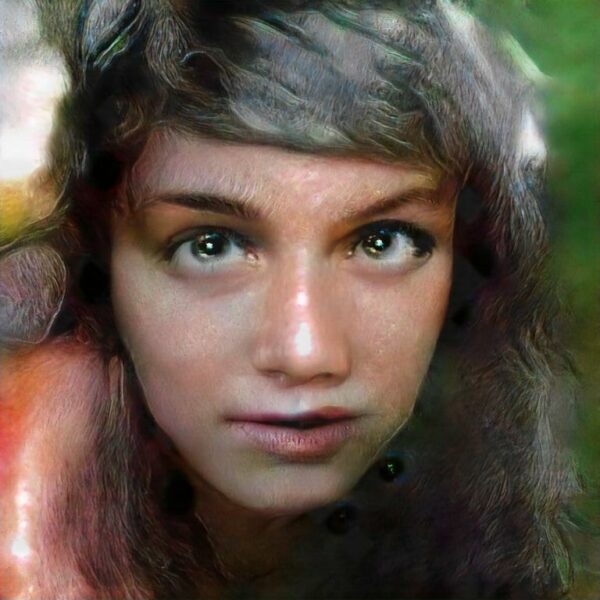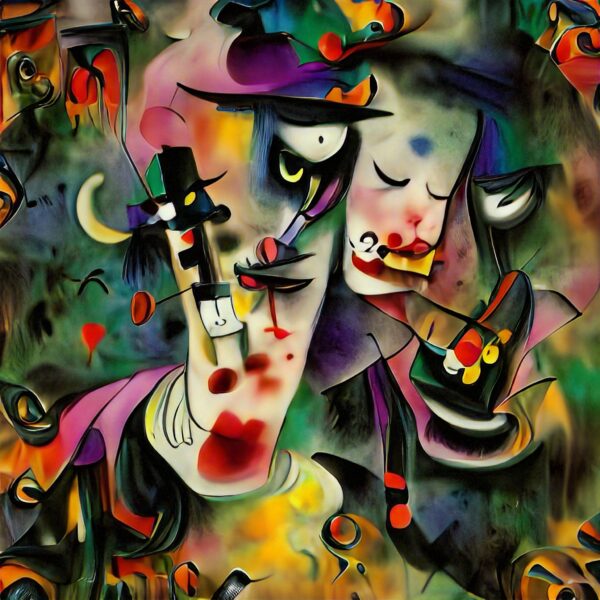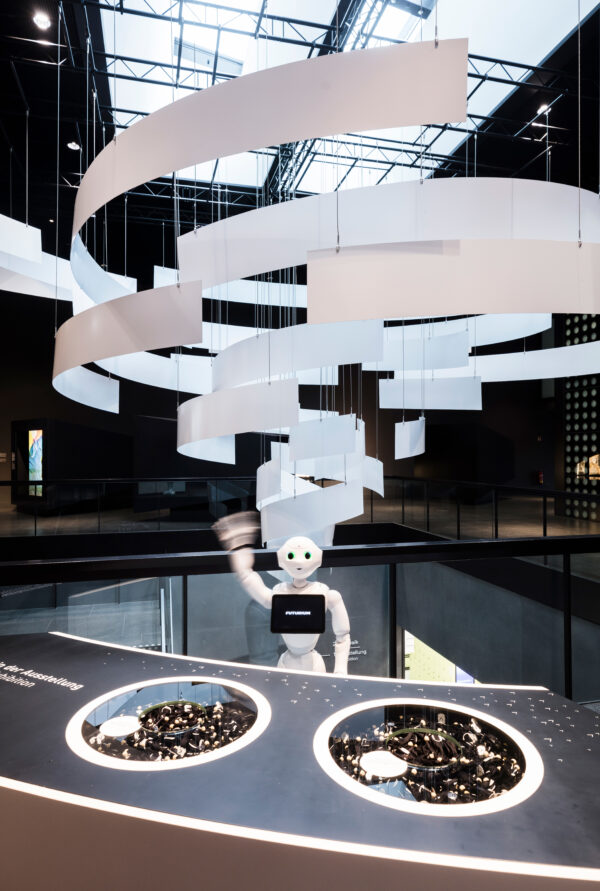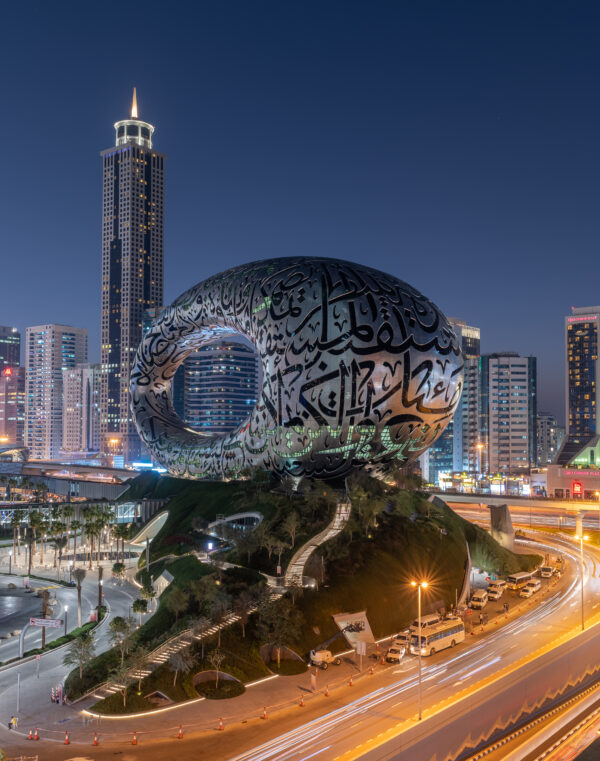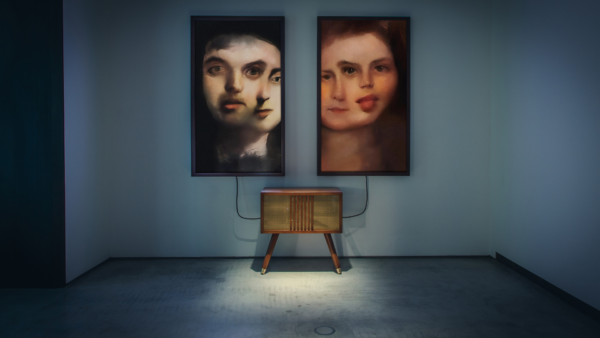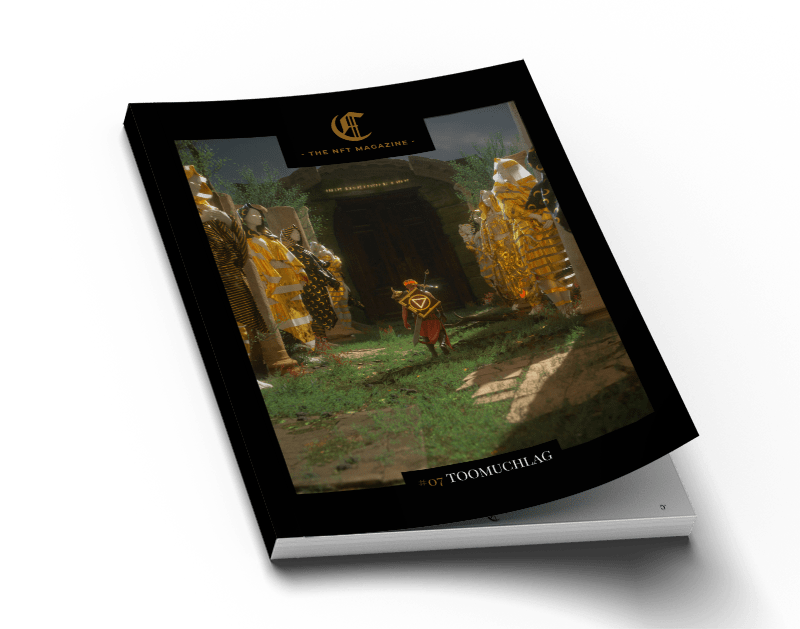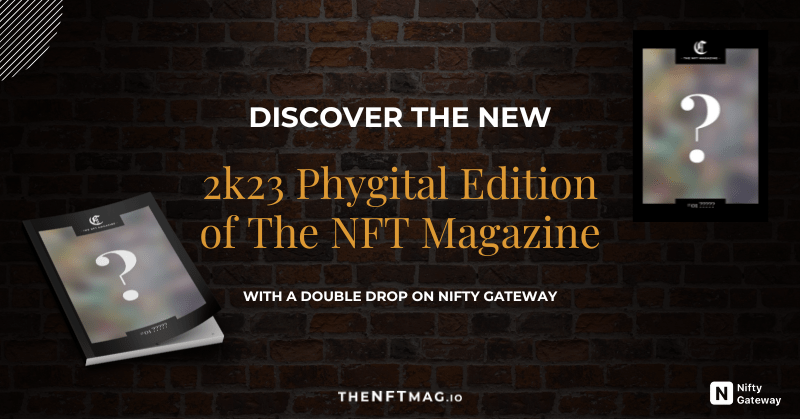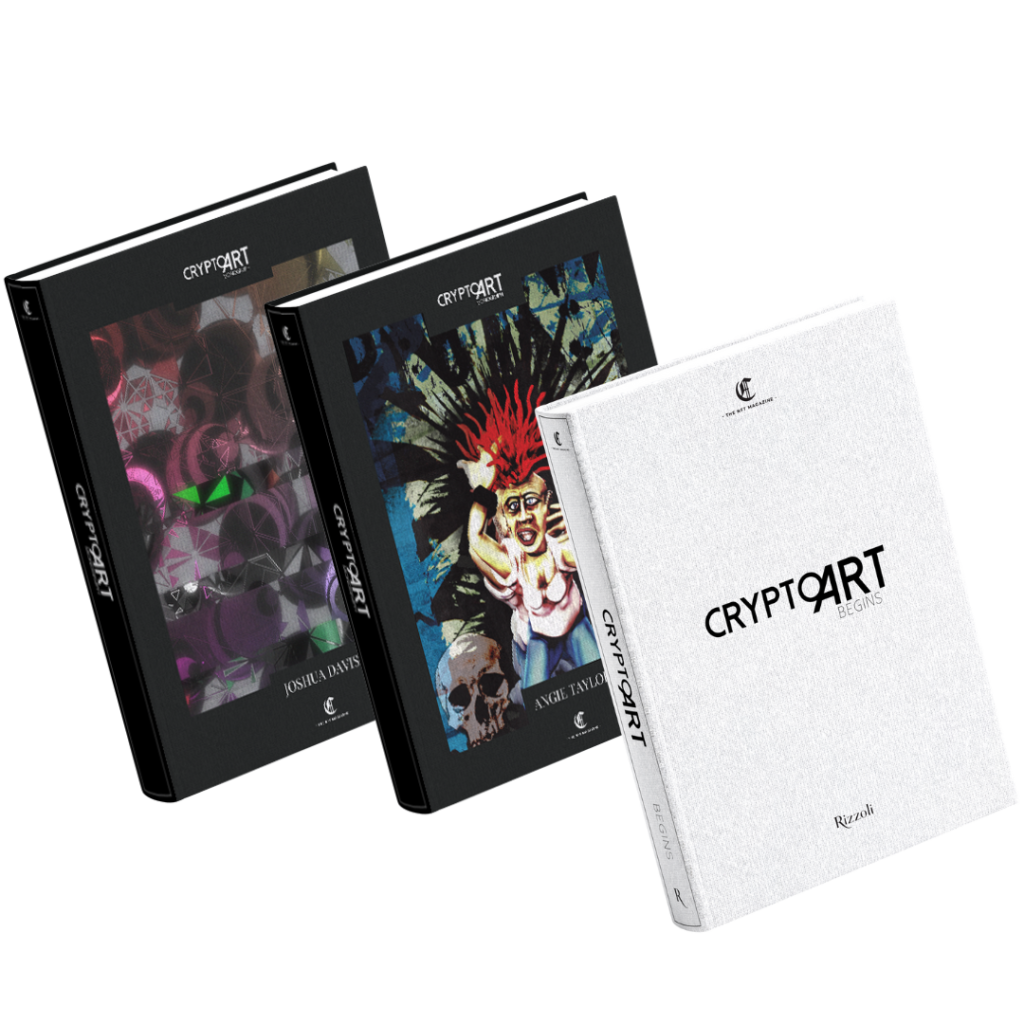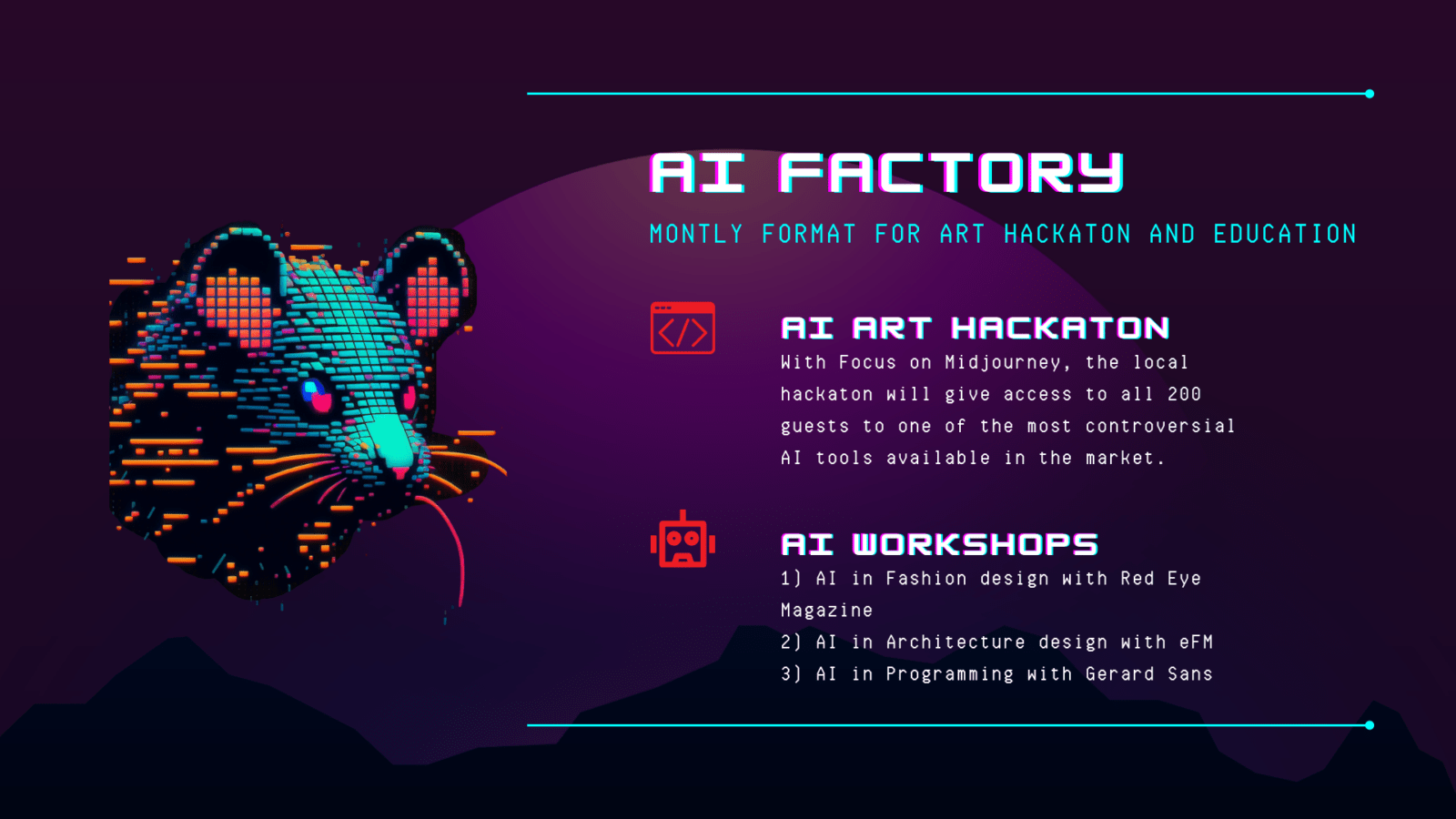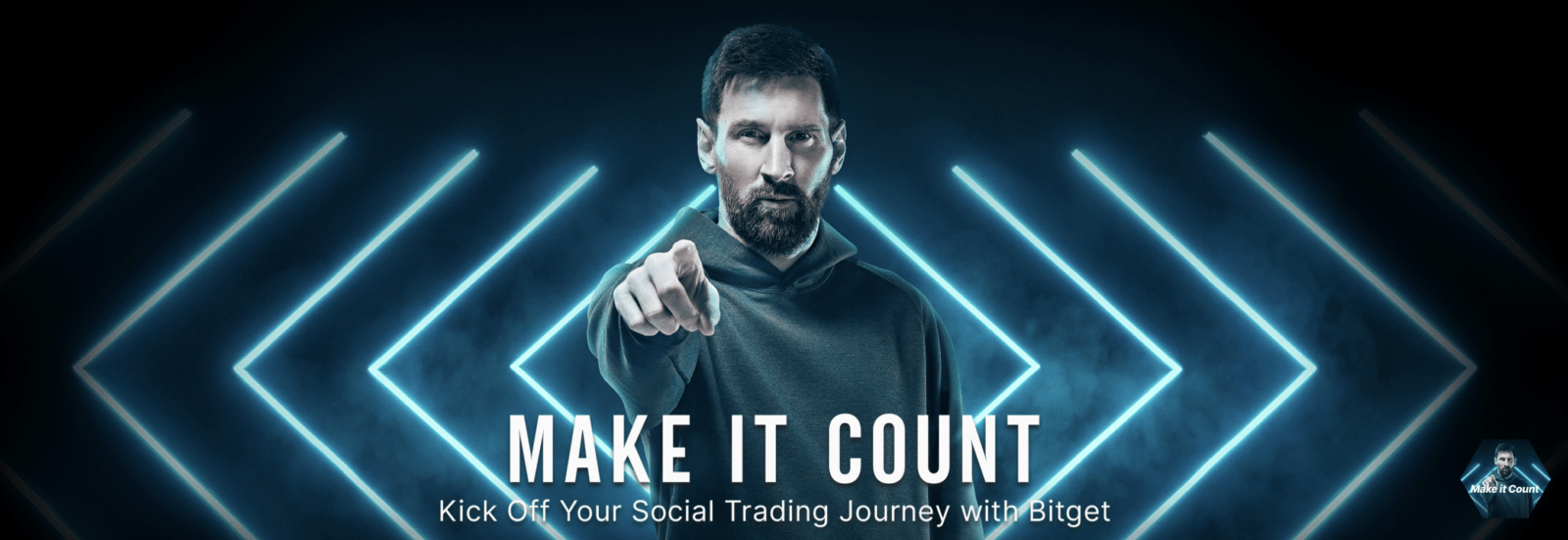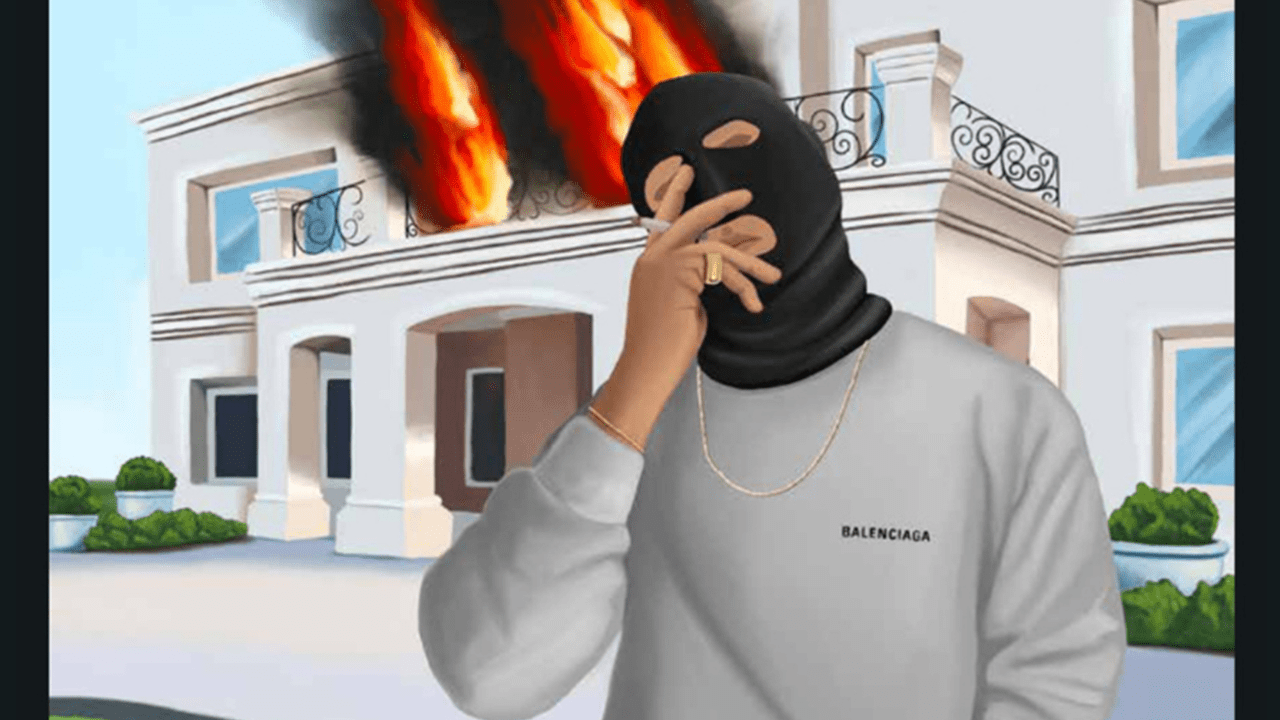After almost 80 years since the birth of AI we are far from being able to create what we call a “superintelligence”, that is, a sentient being with feelings and able to understand or reason independently. We still do not have the knowledge and the means to create J.A.R.V.I.S, the virtual assistant of Tony Stark, a system based on Artificial Intelligence able to develop a self-consciousness and feelings such as his love for Pepper.
But if recreating human intelligence in its “artificial” version is still a distant goal, today with AI we can achieve something that until a few years ago we had only imagined. We have AI systems that, through machine learning , are able to carry out increasingly complex tasks and perfect their execution, taking much less time than humans and often exceeding the ability to perform specific tasks. Today AI is a constant presence in our lives.
Where do we find Artificial Intelligence applied today? Everywhere. In our homes, in the workplace, banks, hospitals, museums, in any sector of industry, and of course on the web. It is present in the applications of our smartphones and tablets. It is Artificial Intelligence that tells us which movie to watch in the evening or which book to buy on Amazon based on our previous choices.
The use of Artificial Intelligence in our daily lives has been growing so much in recent years that perhaps we do not realize how tangible its presence around us is. Because AI is something that is often not seen, it is a kind of hidden technology that “does something”: it is the algorithm that suggests advertisements on Instagram and is the GAN used by artists to generate works of art.
Possible Future. Art Scenarios and Artificial Intelligence.
Artificial Intelligence Today
Applications of Artificial Intelligence today allow to do searches for images; simultaneous translations: Meta is currently working on an instant translator for its Metaverse; create increasingly reliable chatbots and search assistants such as Siri or Alexa; carry out and make medical diagnoses; and still great achievements come from robotics widely used in industry but also in museums.
At present, which sees us at the heart of the fourth industrial revolution, in the era of big data, technology, web 3.0, we have a vast amount of data at our disposal to train machines to perform a specific action.
We are in an era in which technological progress allows us to experiment and create many new applications with AI in many different fields, also in support of museums and art collections as well as to create works of art with new tools. In this direction, the recent successes in the use of deep learning, a sub-domain of machine learning, are relevant, a branch of AI that allows a system to learn directly from data and as many successes come from artificial neural networks.
From the innovative museum of the Future in Dubai that bases its philosophy on the latest technologies, to the extraordinary works of art made with GAN, let’s take a look at the state of the art thanks to the use of Artificial Intelligence.
AI for Museums
Susan Hazan wrote in 2003:
“[…] new technologies working side by side with, or replacing the old merely represent a natural progression of display strategies that serve to enhance and contextualize the collections in the same way that museums have been doing for decades if not centuries” Hazan S., (2003), “The virtual Aura: the technologies of exhibition and the exhibition of technologies”, in Museological Review, n° 10, 2003, pp. 16-30
There are now some futuristic museums that embrace the most innovative technologies and make it a starting point. It is the case of the Das Futurium museum in Berlin that has been able to bring the world of the scientific dimension closer to these technological applications and to AI to investigate and seek answers to the questions and the challenges facing the future.
The Museu do Amanhã in Rio de Janeiro defines itself as «a Singular Museum in search of a plural future». This is his curator. Luiz Alberto Oliveira, describes the mission of the museum as the realization of «a series of experiences in which visitors can gradually acquire the means and resources to live the possibilities of tomorrow that are already present today». There is no lack of a specific laboratory in this museum to question and analyze the development and impact that these technologies – such as AI – can have on the realities of the near future.

